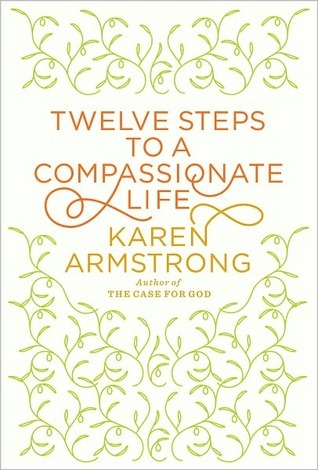A religious historian must not “substitute his own or his readers’ conventions for the original,” the author explained; rather, he should “broaden his perspective so that it can make place for the other.” He must not cease interrogating his material until “he has driven his understanding to the point where he has an immediate human grasp of what a given position meant” and, with this empathetic understanding of the context, “could feel himself doing the same.”1
Welcome back. Just a moment while we sign you in to your Goodreads account.


